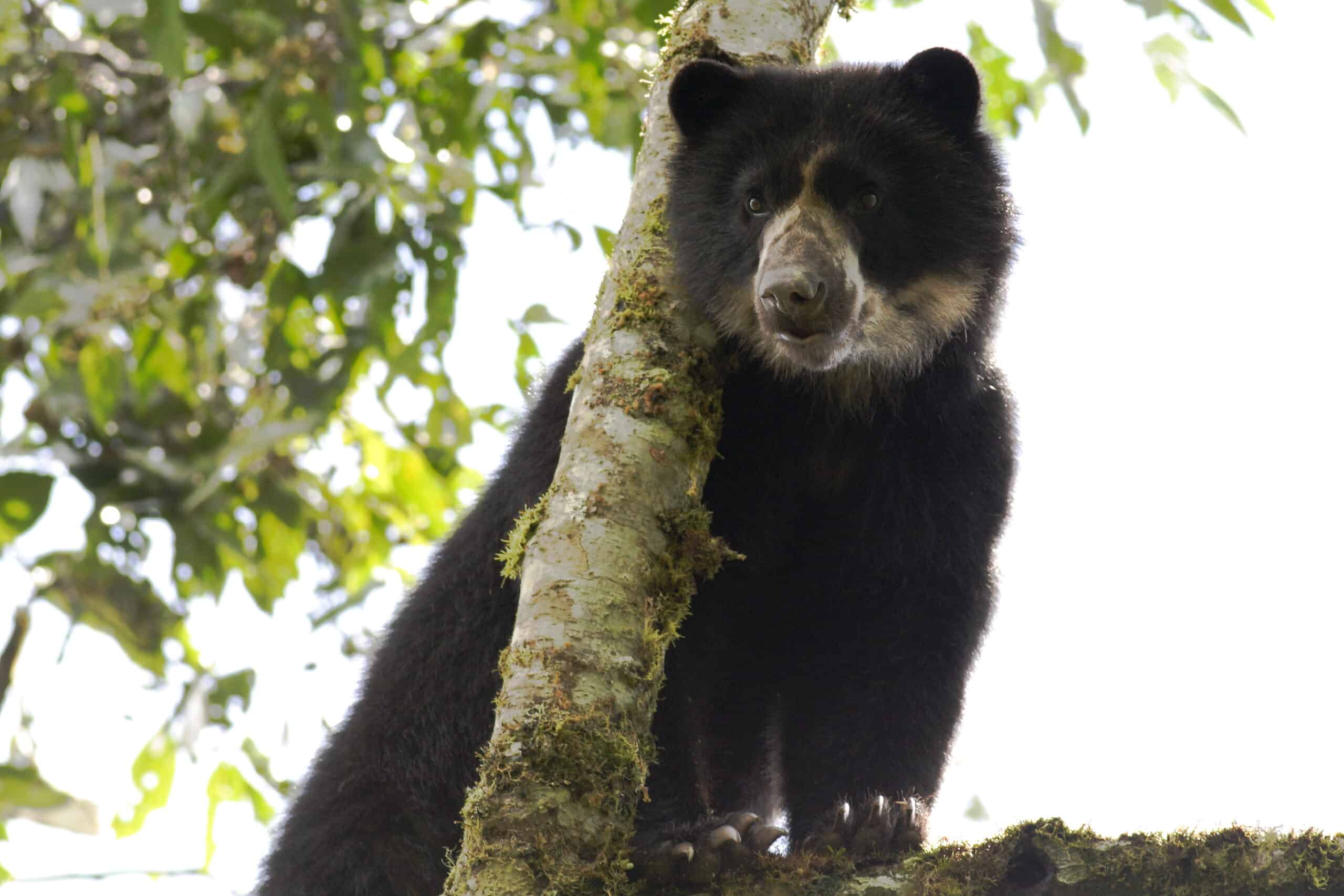Share this article
ESA proceedings center on climate change projections
Two recent court decisions highlight how climate change projections can influence wildlife listing decisions under the Endangered Species Act.
On Oct. 18, the U.S. Fish and Wildlife Service reissued a proposal to list the American population of wolverines (Gulo gulo) as threatened. USFWS had initially proposed listing the species in 2013, as climate models predicted significant declines in deep snow habitat that wolverines rely on for reproduction.
However, after conducting further reviews, “…[USFWS] found that climate change models are unable to reliably predict snowfall amounts and snow-cover persistence in wolverine denning locations,” USFWS wrote in a 2014 news release. The predictions were deemed too uncertain to warrant listing the species and the proposal was withdrawn.
More than 20 environmental groups filed suit over the decision, arguing that USFWS had ignored the best available science when withdrawing the proposal. In April, the U.S. District Court for the District of Montana ruled that USFWS had withdrawn the proposal due to “intense political pressure” from opposing states and ignored the best available science on the issue. The court ordered USFWS to reconsider the listing.
USFWS has since reopened comments on their 2013 proposed listing and will conduct an entirely new status review of the wolverine to determine whether the American population warrants listing.
Climate change models have also been contentious in another recent ESA decision. On Oct. 24, the 9th U.S. Circuit Court of Appeals upheld ESA protections for two populations of Arctic bearded seals. The National Marine Fisheries Service (NMFS) listed the seals as threatened in 2012 based on climate change models that predicted that sea ice the seals depend on for birthing and mating would mostly disappear by 2095.
Lawsuits over the listing argued that the models used in the listing decision could not reliably predict climate change effects on the seals beyond 2050. A district court ruling agreed and vacated the rule; NMFS and the Center for Biological Diversity then appealed the decision.
9th Circuit Judge Richard Paez outlined the central issue of the case in the opinion; “when NMFS determines that a species that is not presently endangered will lose its habitat due to climate change by the end of the century, may NMFS list that species as threatened under the [ESA]?”.The three-judge panel unanimously agreed that it is within NMFS’ authority to do so, and that NMFS had listed the seals in 2012 with sufficient supporting evidence.
“The ESA does not require NMFS to base its decision on ironclad evidence when it determines that a species is likely to become endangered in the foreseeable future; it simply requires the agency to consider the best and most reliable scientific and commercial data and to identify the limits of that data when making a listing determination,” Judge Paez wrote.
The known and possible effects of climate change should be considered when making decisions regarding species conservation as global temperatures continue to rise. While the use of these projections have proven contentious, these court rulings make it clear that the ESA allows for their consideration and use as best available science in listing determinations.
Learn more about the wolverine’s status as a species at risk in Canada.
Read TWS’ Position Statement on Global Climate Change and Wildlife.
Header Image: ©Steve Slocomb








